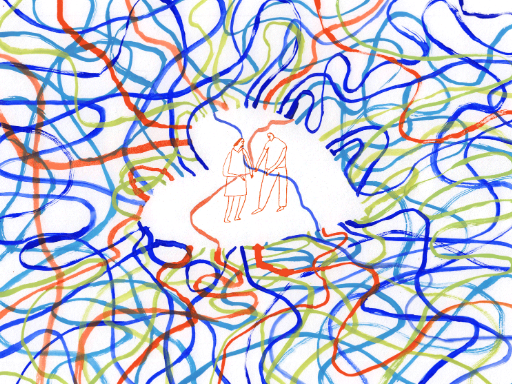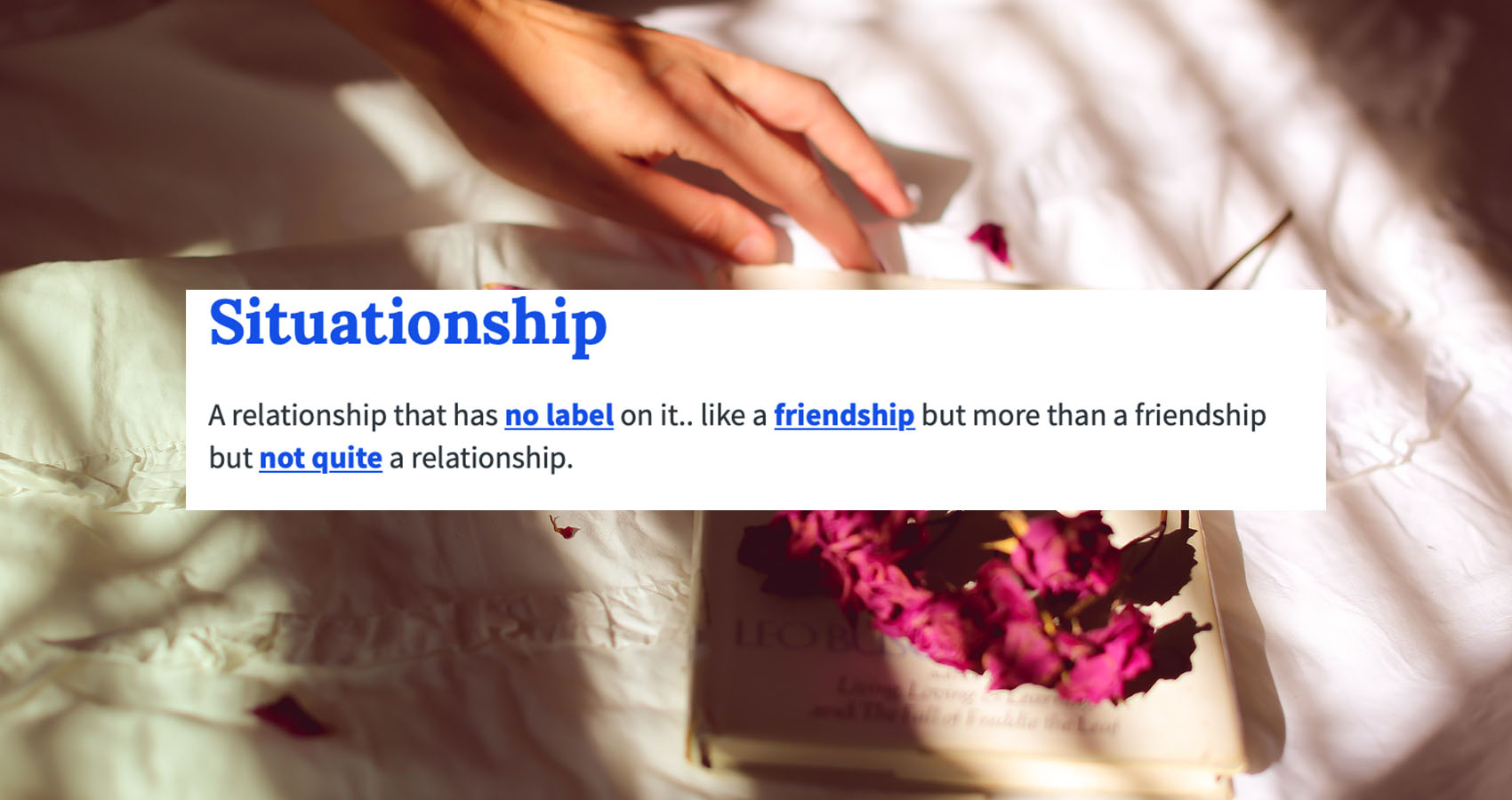By Penny Theodorakopoulou,
Exactly a week from now, the universally-known Valentine’s Day will be celebrated around the world. Lovely couples exchange gifts, spending genuine time together, either that is out at a fancy restaurant as move Valentine’s Day-related movies show us or that is at the cozy couch at home watching a movie whilst snuggling one another. One can say it is like Christmas, but for couples.
However, I am not writing this article to talk about Valentine’s Day and how wonderful or not that day is. Today, having Valentine’s Day as a motive to write this article, I decided to talk about modern love.
Gone are the days when love was limited to traditional courting and committed relationships. The advent of technology and shifting cultural norms have expanded the definition and concept of love, leading to new forms of relationships that are constantly evolving. From sexting to friends with benefits (FWBs), and long-distance relationships to situationships, this article explores some of the — literally — plethora of modern landscapes of love. Let us explore them below by starting with…

1. Sexting
Sexting refers to sending sexually explicit messages, photos, or videos to another person through digital means. Sexting is a form of virtual intimacy that has become increasingly common in modern relationships, especially among young adults. While it can be a fun and intimate way to keep the spark alive in a long-distance relationship or to explore one’s sexuality, sexting also comes with its own set of risks and drawbacks. For example, once images are sent, they can easily be shared or leaked, leading to privacy concerns and potential shame or embarrassment.
Sexting has become such a huge part of one’s life, one cannot not have a conversation with a new person that ends up in sexting and/or sending inappropriate things, such as nude photos, wanting to meet and have intercourse, etc. And this, of course, began from our “favorite” dating sites/apps. When one’s motive, no matter the gender (even though it is mostly, unfortunately, male-orientated) is to exclusively hook up with people without having even a glimpse of wanting to connect with the other person or getting to know them, that can lead to disastrous results for both sides. Remember: sexting can be quite fun as long as both sides have consented to do it.

2. Friends with benefits (FWBs)
Ah, yes. The infamous FWBs to me, this type of relationship screams “I do not want to commit to you because I am afraid of any labels, but hell, sex is good”. FWBs are often seen as a way to have the benefits of a relationship without emotional or ideological baggage. Little does one know, however, that sooner or later, this situation will eventually lead to confusion and hurt feelings, especially if one person starts developing romantic feelings.
But can you blame them though? They are exposing themselves, both physically and mentally, to another person. As far as I am concerned, unless both have set crystal clear boundaries, one — or in other cases, both — will end up catching feeling for the other person. So remember (once again) that it is crucial to communicate clearly and set boundaries from the start to avoid misunderstandings and heartache.

3. Long–distance relationships
With the rise of digital communication and increased mobility, long-distance relationships have become more common. In these types of relationships, partners are separated by physical distance, often due to work, school, or other circumstances. Maintaining a long-distance relationship requires strong communication, trust, and a commitment to making it work. Technology, such as video calls and instant messaging, can help bridge the physical gap but it can also lead to feelings of loneliness and disconnection. Regular visits, thoughtful gestures, and shared experiences, such as watching a movie together, can help strengthen the bond in a long-distance relationship.
On that note and from personal experience, I would like to tell you this about long-distance relationships: as long as both members of the relationship wish to try to keep being together, there will be ways for the couple to meet. But as Thanos said in Marvel’s Infinity War (2018), “Reality is often disappointing”. In most cases, only one out of the two wishes to try enough for the sake of the relationship; to change enough habits and reschedule so the two can meet. It is not that the other person does not want to meet (or so they say). They do not want to meet the other person enough, as much as the other person does. As much as you want. And that is the saddest part.

4. Situationships
A situationship is a type of relationship that is undefined or ambiguous, often falling somewhere between friends and romantic partners. Situationships can arise from a variety of circumstances, such as a lack of commitment from one or both partners, or a lack of clear communication. One can say it sounds like FWBs. Well, it could be in a way. But in this type of relationship, they are “allowed” to have feelings — just not labels. Being in a relationship, fortunately or not, comes with some obligations and responsibilities, but also rights. To a person’s eyes who is afraid of committing to another person, it is most likely they are afraid of meeting up one’s expectations, getting hurt, or not capable of executing the “give-and-take” rule; for they mostly want things but are not able to give back.
These types of relationships can be confusing and difficult to navigate, as partners may have different expectations and desires. It is important to have open and honest communication about the nature of the relationship to avoid misunderstandings and hurt feelings.

Love in our times, well, sucks. It sucks more than it used to. There are many hardships and many perils out there, with the Internet being quite high on the scale of where to find people with the most “red flags”. Dating apps, unconsented touches, sex, etc., toxic and manipulative people… It is truly a never-ending list. And on top of that, new types of relationships have blossomed, taking away all the special feeling people have when they are indeed in a relationship. Long-distance relationships are a myth, situationships are somewhere between “being in a relationship” and “being friends (with benefits)” and sexting is, well, sexting. However, as I have already mentioned above quite a couple of times, communicating each other’s needs and having an actual conversation about a situation that has occurred between two people is the key to having healthy relationships, no matter the kind. Just talk about your feelings, what you would like from the other person, and, of course, be sincere; even if it means breaking the other person’s heart. They will understand. But until then, you should focus on one kind of love: self-love.
References
- A Modern Love Story, vogue.com. Available here
- Grappling With the Language of Love, nytimes.com. Available here
- The surprising benefits of being blinded by love, bbc.com. Available here
- Modern Love: Scientific Insights from 21st Century Dating, psychologicalscience.org. Available here
- Tiny Love Stories: ‘Want to Come Over?’, nytimes.com. Available here




